Premium Only Content
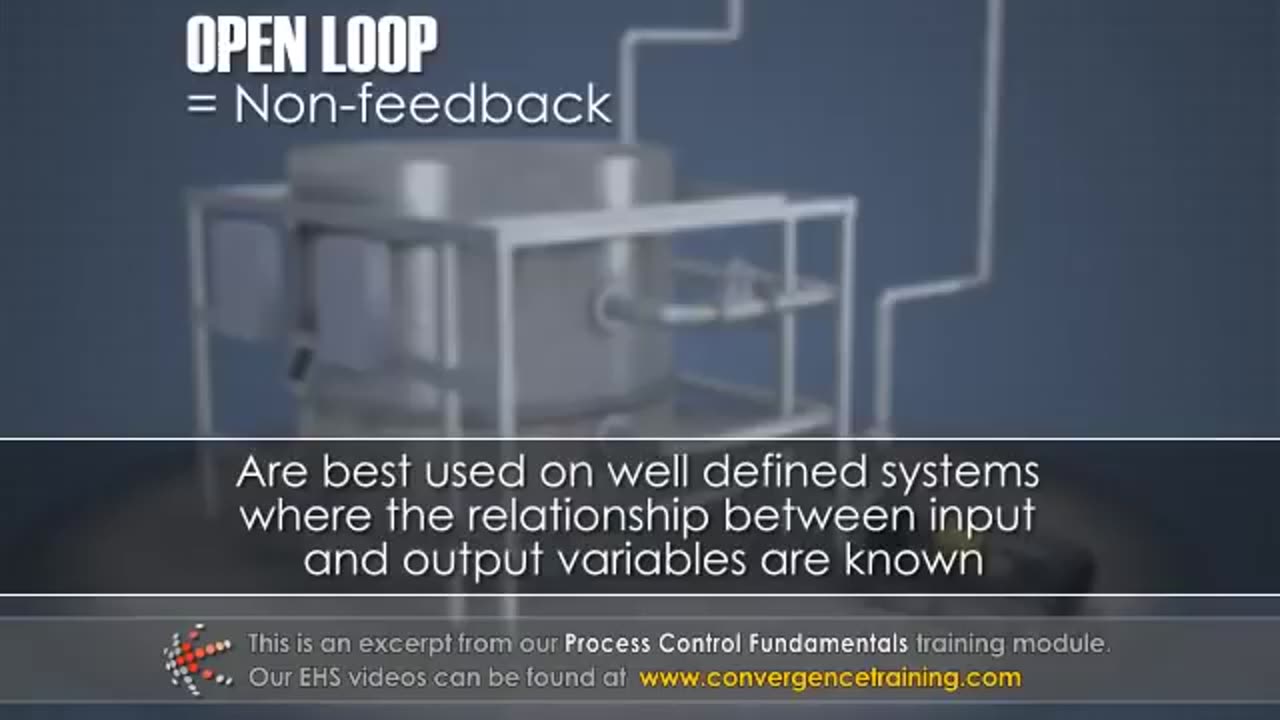
Process Control Fundamentals
**Process control** is a system used to regulate and maintain process variables (e.g., temperature, pressure, flow, level, etc.) within desired ranges to ensure efficiency, safety, and product quality in industrial operations. Here’s an overview of the fundamentals:
---
### **1. Purpose of Process Control**
- **Stability:** Maintain consistent operations and product quality.
- **Efficiency:** Optimize resource usage, such as energy, raw materials, and time.
- **Safety:** Prevent conditions that could lead to equipment damage or hazards.
- **Automation:** Minimize manual intervention, reducing errors and labor costs.
---
### **2. Key Components of a Control System**
1. **Process Variable (PV):** The parameter being measured and controlled (e.g., temperature, flow rate).
2. **Setpoint (SP):** The desired value of the process variable.
3. **Controller:** The device or algorithm that compares the PV to the SP and determines corrective action.
4. **Control Element:** The mechanism that adjusts the process (e.g., a valve or pump).
5. **Sensors/Transmitters:** Devices that measure the PV and send data to the controller.
6. **Actuators:** Devices that physically manipulate the control element (e.g., open/close a valve).
---
### **3. Types of Process Control**
#### **A. Open-Loop Control**
- No feedback is used.
- Control actions are based solely on predefined instructions.
- Example: A timed irrigation system.
#### **B. Closed-Loop Control**
- Feedback is used to adjust the control action.
- Example: A thermostat regulating room temperature.
- Subtypes:
1. **Feedback Control:** Adjusts based on deviations from the SP.
2. **Feedforward Control:** Anticipates changes and adjusts before deviations occur.
---
### **4. Control Strategies**
1. **On/Off Control:** Simplest form, where the control element is either fully on or off.
- Example: Household refrigerators.
2. **Proportional (P) Control:** Output is proportional to the error (difference between PV and SP).
3. **Integral (I) Control:** Eliminates steady-state error by considering the cumulative error over time.
4. **Derivative (D) Control:** Predicts future errors by considering the rate of change of the error.
5. **PID Control:** Combines P, I, and D controls for precise and robust performance.
---
### **5. Process Control Loops**
- **Single-Loop Control:**
- Manages one PV with one controller.
- Example: Controlling tank level with a single valve.
- **Cascade Control:**
- Uses two controllers: one for the main PV and another for a related secondary PV.
- Example: A furnace where the main controller adjusts temperature and the secondary controller adjusts fuel flow.
- **Multivariable Control:**
- Manages multiple interrelated variables simultaneously.
- Example: Chemical reactors.
---
### **6. Process Control Tools**
1. **Control Valves:** Regulate the flow of materials.
2. **Pumps/Compressors:** Adjust pressure or flow.
3. **Programmable Logic Controllers (PLCs):** Automate control processes using digital logic.
4. **Supervisory Control and Data Acquisition (SCADA):** Monitors and controls industrial processes.
5. **Human-Machine Interface (HMI):** Allows operators to interact with the control system.
---
### **7. Key Performance Metrics**
- **Setpoint Tracking:** How well the system maintains the PV at the SP.
- **Response Time:** The time it takes to respond to changes or disturbances.
- **Stability:** The system's ability to avoid oscillations or instability.
- **Accuracy:** How close the PV remains to the SP.
---
### **8. Challenges in Process Control**
- **Nonlinear Processes:** Systems that do not respond predictably.
- **Time Delays:** Lag between input adjustments and observed changes in PV.
- **Disturbances:** External factors like temperature changes or equipment wear.
---
### **9. Applications of Process Control**
- **Manufacturing:** Maintaining consistent product quality.
- **Oil and Gas:** Regulating flow rates and pressures.
- **Power Plants:** Controlling steam generation and turbine speed.
- **Water Treatment:** Managing chemical dosing and filtration.
---
By understanding these fundamentals, you can design, operate, and troubleshoot control systems effectively, ensuring optimal performance in industrial processes.
-
 6:43
6:43
HSESafetyInformation
6 months agoLahori Chanay Recipe - Lahori Cholay Recipe - Chana Chana Masala
55 -
 LIVE
LIVE
SpartakusLIVE
3 hours agoWednesday WZ with the Challenge MASTER || Duos w/ GloryJean
717 watching -
 LIVE
LIVE
Barry Cunningham
3 hours agoREACTING TO STEPHEN MILLER | KASH PATEL | TULSI GABBARD INTERVIEWS AND MORE NEWS!
7,089 watching -
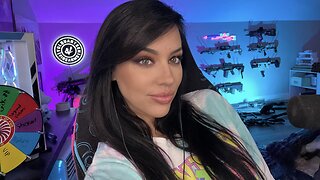 LIVE
LIVE
Alex Zedra
28 minutes agoLIVE! Solo Scary Game night
101 watching -
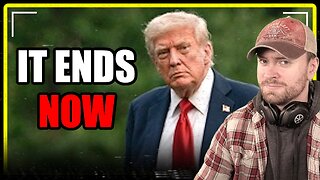 58:01
58:01
MattMorseTV
2 hours ago $5.25 earned🔴The Dems. just lost 4.5 MILLION voters.🔴
25.7K32 -
 1:04:10
1:04:10
BonginoReport
4 hours agoCornhusker Clink & A Sizzling Border Wall Deter Illegals - Nightly Scroll w/ Hayley Caronia (Ep.116)
91.4K59 -
 LIVE
LIVE
ZWOGs
9 hours ago🔴LIVE IN 1440p! - SoT w/ Pudge & SBL, The Finals w/ The Brrrap Pack, Kingdome Come - Come Hang Out!
31 watching -
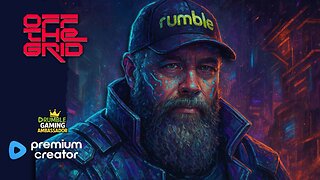 LIVE
LIVE
VapinGamers
44 minutes agoOff The Grid - Yes I Have a Problem but Winning Aint One! #1 Controller Scrub NA - !rumbot !music
185 watching -
 LIVE
LIVE
XxXAztecwarrior
1 hour agoThe Finals W/ The Tribe
23 watching -
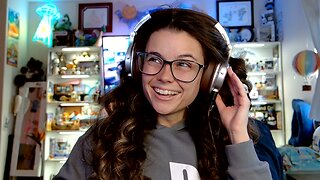 2:01:05
2:01:05
Mally_Mouse
9 hours agoLet's Hang!!
4.41K